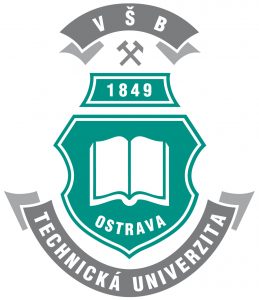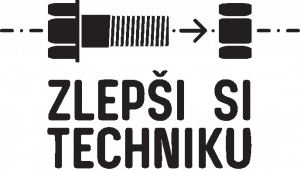 Projects
Projects
 Projects
Projects
 Projects
Projects
They are a million times smaller than a millimeter, but if they spread, they can cover a huge area. We are talking about nanoparticles, super tiny crystals, whose world we gradually uncover thanks to the latest technology. Specific properties of nanoparticles can, for example, be also utilized for the protection of the environment. Imagine a catalyst of exhaust gases from automobiles. A thin layer of a special powder is applied round its inner circumference. The resulting coating can destroy harmful substances produced by the combustion of petrol. In fact, when striking this surface, these substances are deformed and decomposed into simple gases – hydrogen and nitrogen. But even nanoparticles do not work as a perpetual motion machine, they need a supply of energy for their activity. For example, light. Thanks to it, they become more active “trap for pollutants” and they also decompose them significantly faster.
In university research, they focus on the preparation of so called semiconductor nanoparticles (e.g. titanium dioxide, zinc oxide), which can, with the help of sunlight, decompose toxic and poorly biodegradable substances. They are working on the problem of artificial production of hydrogen, inducing artificial photosynthesis and on new technologies of preparation of powders of nanoparticles. These are the instructions for producing the original mixtures of different metal salts and lye; they have already discovered twenty of them. All with a single goal. Helping man to protect the world in which we live. The nanoparticles treated in this way can, for example, convert greenhouse gases into harmless substances which find further application in the industry. They help us remove impurities from oil spills out of water. As coatings in hospital wards, they prevent the formation of mildew and destroy bacteria. They can also be used for the production of filters in chimneys and for wastewater purification. Nanoparticles are becoming an important tool in protecting the environment and improving the quality of life of people.
The research is conducted by the team led by Ladislav Svoboda from the Faculty of Metallurgy and Materials Engineering, VŠB – Technical University of Ostrava






